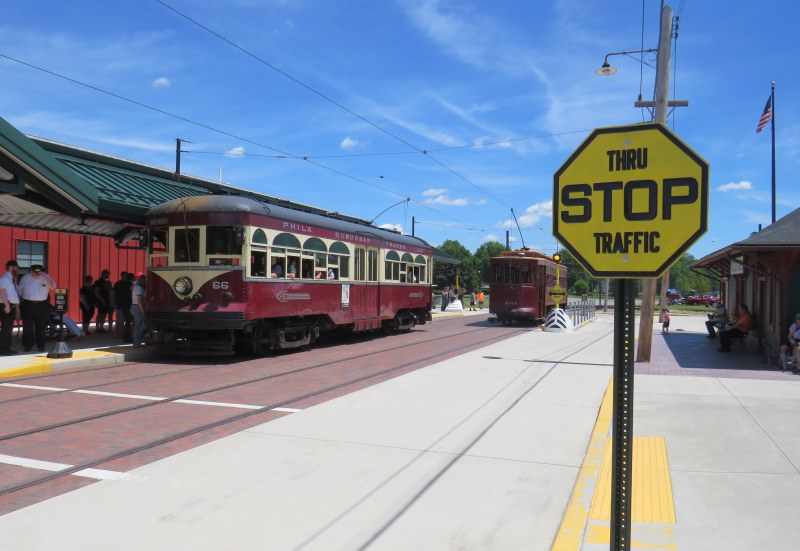
While visiting Pittsburgh earlier in June, I also paid a second visit to the Pennsylvania Trolley Museum (PTM), located 45 minutes south of Downtown Pittsburgh in Washington PA. I had visited the museum a few years prior as part of a visit to the Pittsburgh area, but since then, a new section of the museum opened to the public, and there were additional cars in operation.
While I went to PTM with a friend who planned to stick around until the evening, I planned to return to downtown Pittsburgh earlier in the afternoon. I found information on a local transit service operated by Washington County — called Freedom Transit — that ran a route to and from Pittsburgh that stopped not too far from the museum’s main entrance. That plan did not go well at all.
It is an unfortunate irony that most North American transit museums have poor or non-existent transit access. There are historical reasons why this came to be, but some of the continent’s best transportation exhibitions are inaccessible to newer generations of transit fans, historians, and enthusiasts, many of which do not or cannot drive.
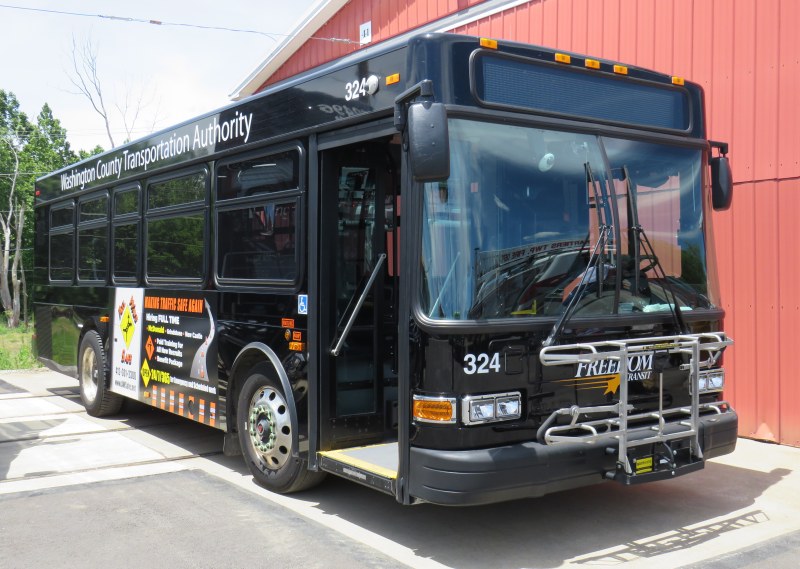
In the 1940s, 1950s, and 1960s, coinciding with the end of streetcar and interurban operation, streetcar museums were established by volunteer-led groups of historians and enthusiasts. With the sudden need to preserve equipment that was otherwise headed for the scrapper’s torch and inexpensive land on which the cars could be stored, maintained, and operated, these transit museums were typically located in rural areas, distant from urban development.
The largest streetcar museums in North America — the Connecticut Trolley Museum (East Windsor, CT), the Seashore Trolley Museum (Kennebunkport, ME), the Illinois Railway Museum (Union, IL), as well as the PTM and Halton Country Radial Railway here in Ontario — were built along former electric railway rights-of-way. These were ideal locations for operating museums. The abandoned railbeds were still largely intact, eliminating the need to clear and grade land on which to re-lay track. These museums also relied heavily on volunteer labour, including the difficult work of laying track, building storage sheds and restoring vehicles.
The PTM was especially fortunate because they were able to take over an intact electric interurban track, part of Pittsburgh Railways Company’s decommissioned Washington line. The PTM’s first cars in its collection operated under their own power to the museum property before the power was cut and the trolley tracks removed south of Drake. (The remnant of the Washington Interurban to Drake, at the south end of Allegheny County, survived until 1999, as a little-used branch of an otherwise modernized Pittsburgh Light Rail system.)
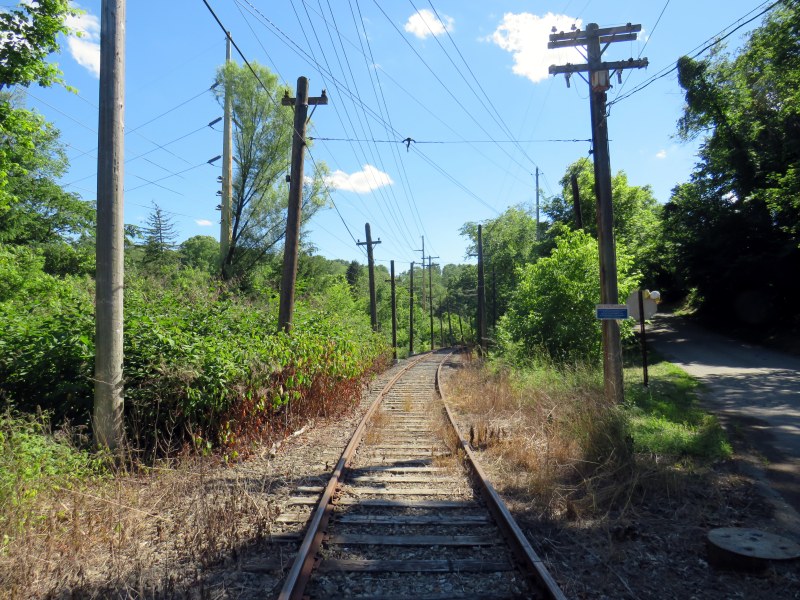
But all of the above still require a car to get to them. Halton County Radial Railway, near Rockwood, was able to acquire land on the former Toronto Suburban Railway radial line between Toronto and Guelph in the early 1950s, just in time to save several obsolete cars being retired by the TTC and some of Canada’s last interurban railways. But it is an hour-long walk to the nearest GO Transit bus stop on Highway 7 in Rockwood, along country roads with no pedestrian infrastructure.
There are a few notable exceptions where transit museums are much more accessible. Exporail — a railway museum in Saint–Constant Quebec, southwest of Montreal — has local bus service and is adjacent to Exo’s Candiac Line, which offers limited weekday train service, as well as some special weekend trips. Baltimore’s streetcar museum is located within the city limits, close to several bus routes and the north-south light rail line. Scranton’s small trolley museum is adjacent to the larger Steamtown attraction and is adjacent to the city’s downtown core. Both operate on former streetcar and interurban rights of way.
There is also the New York Transit Museum, located in a disused subway station in Brooklyn, with vintage subway cars at platform level and buses and other displays on the upper level. Though the New York museum focuses on static displays, there are special weekend runs of its vintage subway equipment on regular subway track.
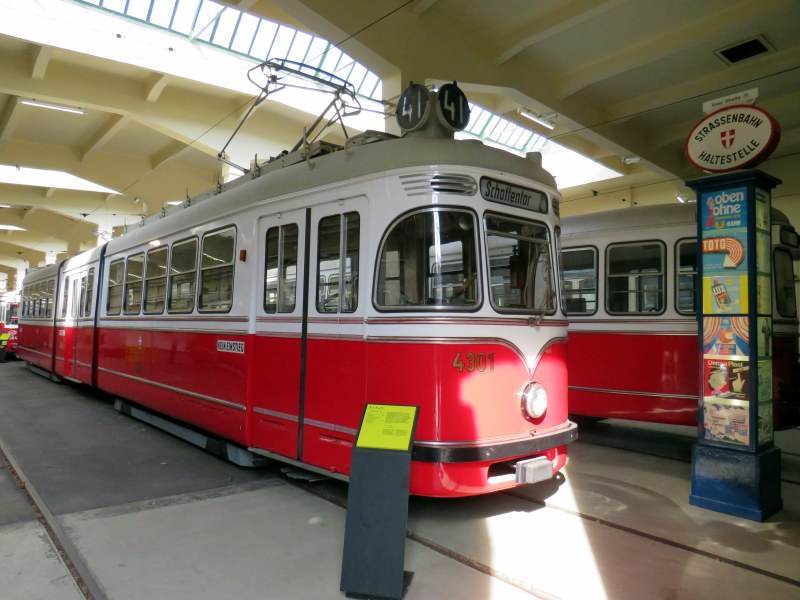
In Europe, transport museums are typically located on or near major transit lines, such as the London Transport Museum in Covent Garden. Vienna’s Verkehrsmuseum Remise is located in a former tram barn. Brussels’ Tram Museum, an operating museum, is located on the outskirts of the city’s large tram network. Of course, these are cities that maintained extensive tram systems into the present day. Like New York’s Transit Museum, these three European museums are affiliated with or owned by public transport agencies.
Though there were many advantages of locating the transit museums in rural or semi-rural locales — especially at a time when electric railways were rapidly disappearing across North America — they are inaccessible to newer generations of transit fans, historians, and enthusiasts, especially those who choose not to own a car or those who can not drive. There are solutions, such as weekend bus shuttles to nearby transit points (for the Halton County Railway, a shuttle bus to and from Guelph, connecting to GO buses and trains could be an option) or organized charter bus excursions
As for my attempt to get back to Pittsburgh on June 8, I got a ride to the nearest Freedom Transit bus stop at Pike Street and Country Club Road, which would have otherwise been a 35 minute walk along a busy and narrow roadway. I got there over 10 minutes before the scheduled arrival of the 3:31 PM bus, the last of three Saturday runs to the LRT at South Hills Village. A bus did come by around 3:35, but displaying a “Washington Local” sign, and the driver slowed, but did not stop, even though I was waiting at the bus stop. I soon realized that it was my bus, and I missed the last one until Monday morning.
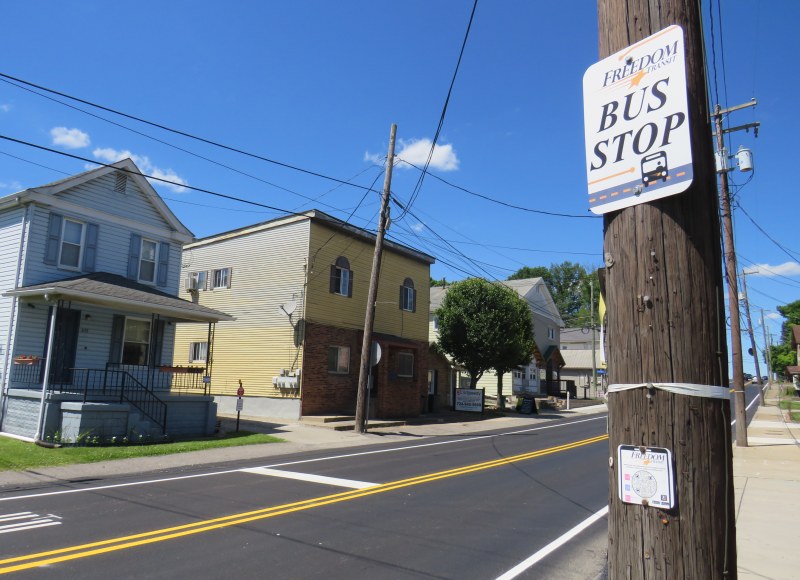
I was able to text my friend, who came back and drove me to South Hills before heading back to the museum. But that was nearly a 30 minute drive for him, and had I not been able to get that ride, I would have been stuck with a very long walk or an expensive taxi ride.
Jarrett Walker, transit consultant, blogger, and author of Human Transit often says that “frequency is freedom.” A frequent and reliable transit service allows anyone to travel without consulting schedules or worrying about missing a bus or train. Freedom Transit, despite the name, certainly does not live up to that maxim.
